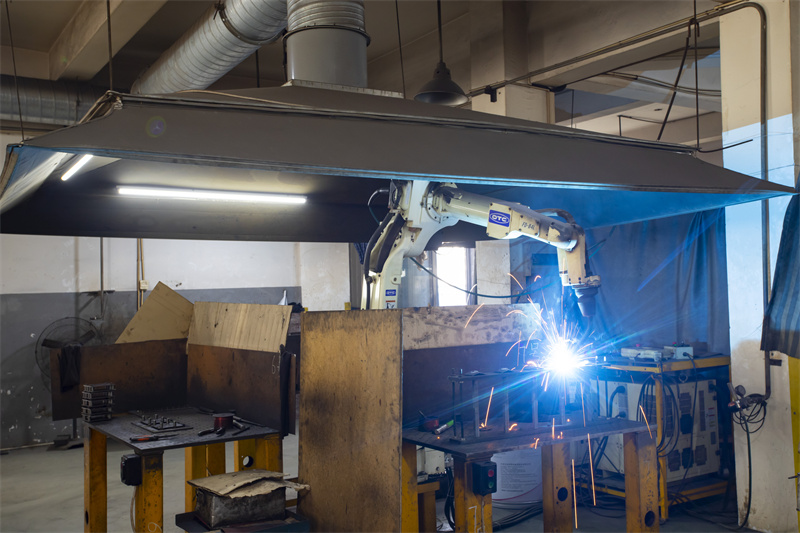Our Location
1), Weldings: Arc welding
2) Welder brand: Lincoln electric
3) Tools: arc welder
4) Materials: Aluminium
5) Price: Contact us for details
6) Application: Medicals, elevator, vehicle Parts, electrical devices.
Arc welding is a process of welding that uses an electric arc to create heat to melt and fuse different types of metals.
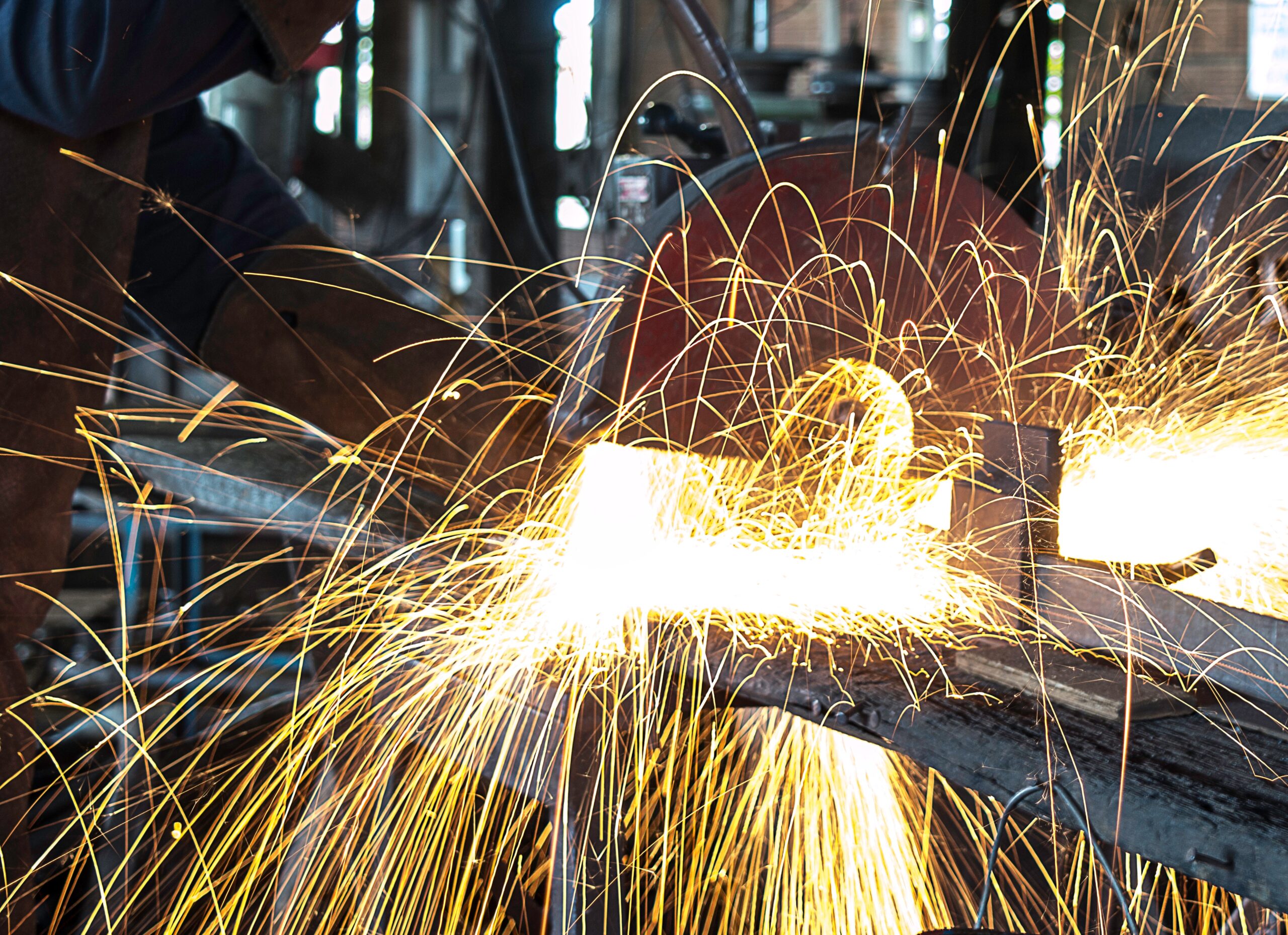
This fusion welding method requires an AC or DC power supply electric arc to produce a high-intensity heat of approximately 6500°F. The extreme heat melts the metal at the joint between two pieces of work. The arc can be guided manually or mechanically along the join line, while the electrode either conducts the current and melts to the weld pool to supply filler metal to the joint or carries the current. When heated to high temperatures by the arc, the metals respond chemically to oxygen and nitrogen in the air. So, a protective shielding gas or slag minimizes molten metal contact with air. Once the metals cool down, they harden to form a metallurgical status.
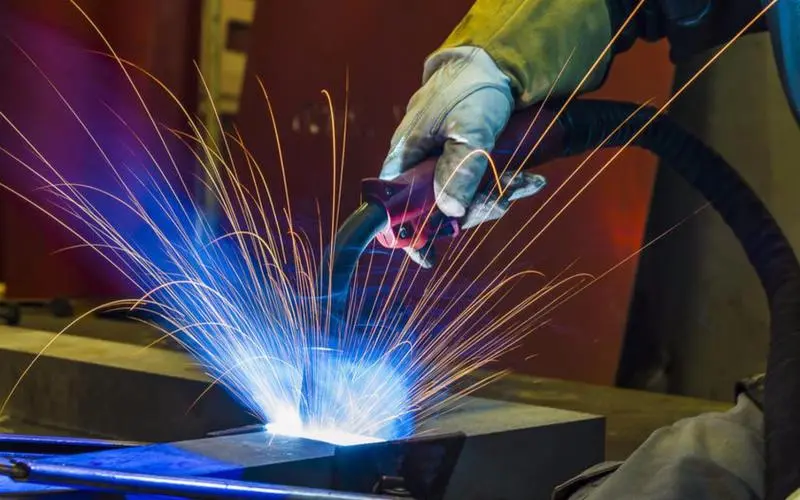
Arc welding is a process that can be divided into two categories – consumable and non-consumable electrode methods. Let’s review the details.
1. Gas Metal Arc Welding (GMAW), protecting the base metals from contamination with shielding gas
2. Shielded Metal Arc Welding (SMAW) creates an arc between the metal rod and the workpiece, melting the rod and workpiece surface to form a weld pool. The flux coating on the rod protects the weld pool.
3. Flux-cored arc welding (FCAW) uses a continuously fed consumable electrode and shielding gas to protect it from contamination.
4. Submerged Arc Welding (SAW) uses a continuously fed consumable electrode and fusible flux to prevent spatter and sparks while suppressing fumes and UV radiation.
5. Electro-slag welding (ESW) welds thick plates using an electric arc and molten slag in a single pass.
6. Arc Stud Welding (SW) joins a nut or fastener to another metal piece using a flange with nubs.
1. Gas Tungsten Arc Welding (GTAW), with a non-consumable tungsten electrode, creates the arc and shielding gas to protect against atmospheric contamination.
2. Plasma Arc Welding (PAW), with an electric arc between a non-consumable electrode and an anode to create plasma, which is then pushed through a fine borehole to reach the base plate.
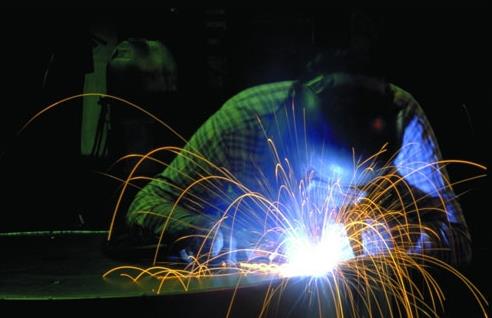
There are two key aspects, which are training and experience. During formal training, welders understand the arc welding process, which helps them know how their actions and adjustments affect the welding process. Formal training is necessary for experienced welders who must be qualified in a new welding procedure. They will need to be trained for that specific procedure with the particular materials and types of welds. However, experience is the most influential factor in improving a welder’s skills. Practicing welding under various conditions and on different joint geometries will enhance a welder’s capabilities. Aspiring welders should seek feedback from experienced welders and the results of quality control tests, such as metallographic sections of weld joints, or non-destructive techniques, such as radiography or ultrasonic testing. If a welder is to be certified for a specific weld procedure, they must pass tests witnessed by a third party. The welder must have gained experience in that welding procedure to satisfy the criteria and be qualified.
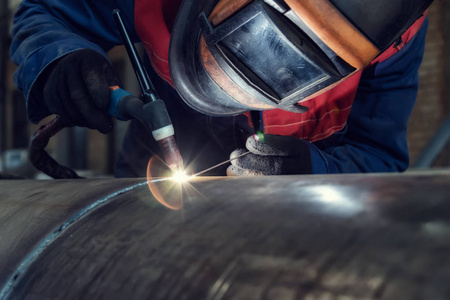
In terms of how arc welding differs from other welding processes, the key difference lies in the mechanism for heating and melting the metal to be welded. Arc welding generates high temperatures using an electric arc. In contrast, gas welding uses the combustion of an oxyacetylene mixture to melt the metal, and laser welding uses focused optical energy to form the melt pool. Providing heat to the metal is the fundamental difference between these welding types. However, it also leads to other practical differences, such as the equipment required, the metals and material thicknesses that can be applied, and the filler material used.
